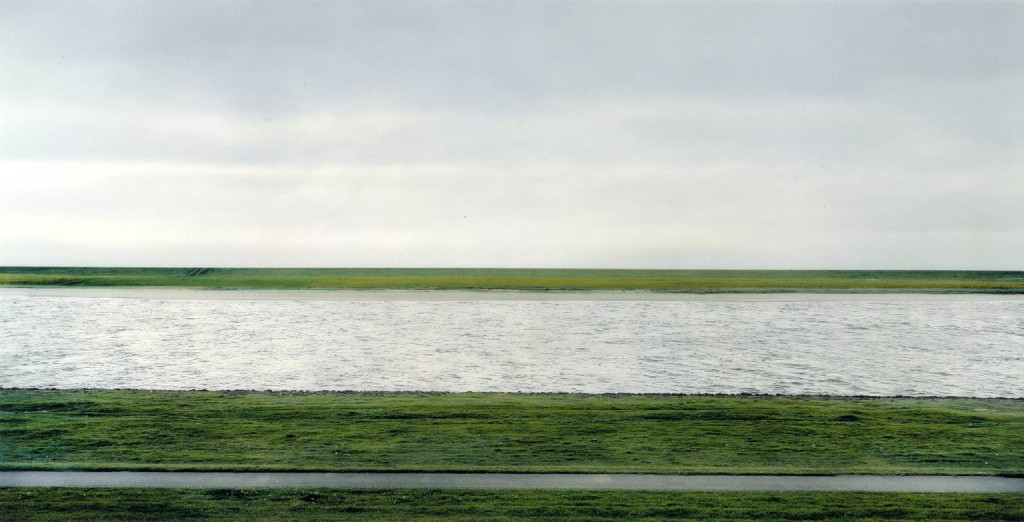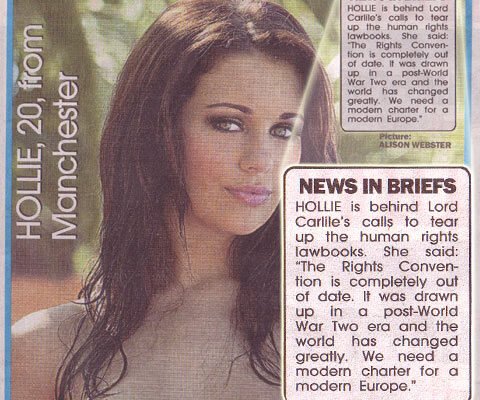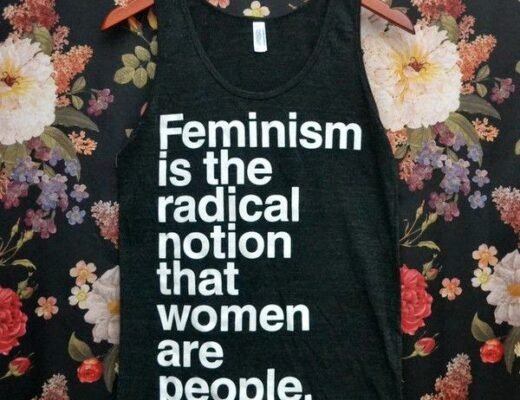OR: I BELIEVE IN A THING CALLED CONTEXT
I want to start out by saying that this is a huge topic. I also think that the question ‘What is art?’ is a bit of non-question, so I’m going to skirt round it because really there’s only an ‘answer’ in the context of particular approaches to the academic study of art, and each approach has it’s own answer.
“It’s art because I say it is”
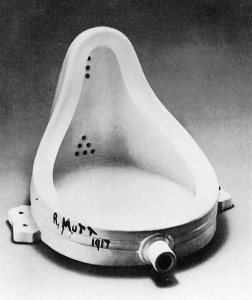 Dude, I totally understand where you’re coming from. You took a look at Duchamp’s ‘Readymades’ and reached the conclusion that if the world thinks an upside down urinal can be art, then certainly anything YOU make can be labelled art too. Or possibly you saw a Rothko, a Mondrian, or even an Emin and thought ‘I can do better than that’.
Dude, I totally understand where you’re coming from. You took a look at Duchamp’s ‘Readymades’ and reached the conclusion that if the world thinks an upside down urinal can be art, then certainly anything YOU make can be labelled art too. Or possibly you saw a Rothko, a Mondrian, or even an Emin and thought ‘I can do better than that’.
Well, Duchamp has an awful lot to answer for, I’m telling you now. You see these artists, they have context to their work. There is a message or a story in every image or sculpture, a reason why those works look the way that they do. Duchamp’s ‘Fountain’ in particular is an expression of frustration at the art institution, subverting the salon culture (to which many of you aspire, I know) and rallying against the system. In some ways it was him that helped to *allow* you to say it’s art because you say it is. Instead of thinking ‘I could do better’ perhaps you should see his upside down urinal for what it is – the metaphorical great-grandfather of your naked chick. I know, that must really suck. An artwork that everyone thinks is so utterly banal couldn’t possibly be your inspiration.
However you are onto something with this argument. Clive Bell did write something persuasive about work needing to have “aesthetic emotion”. He argued that artwork should be a visceral experience that prompted a response. However both Bell and Kant argued that formalist qualities like composition and colour were the defining features of something being art, and that the most developed work had no subject, only form. I’m afraid that your naked ladies will almost always count as a ‘subject’, so that argument goes out the window too. (Plus… I’m not sure that photography in general has yet has grasped the importance of form – a discussion I’ve had several times with some rather good photographers).
“But X painted naked ladies”
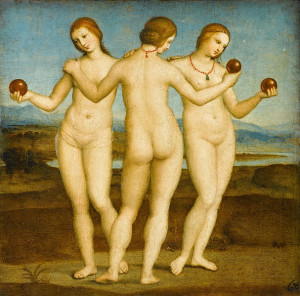 I know, it’s so unfair. All these incredible artists in the past, they painted naked ladies. However you have to take into consideration the movement of time and culture when you’re making these kinds of comments.
I know, it’s so unfair. All these incredible artists in the past, they painted naked ladies. However you have to take into consideration the movement of time and culture when you’re making these kinds of comments.
For instance, during the Italian Renaissance nudity appeared to be primarily about the artist showing off their skill as a craftsperson. The meticulous observation and skill involved in painting the mens rippling muscles and the women’s contorted torso’s were really quite something. I mean, I don’t think I’ve ever studied anything in the way that Da Vinci or Raphael did, but then again I’m not quite sure I fancy cutting up dead bodies and observing the way that the internal organs sit under the skin. Thankfully we have books for that now. But my point is that they were doing something genuinely unprecedented. As Vasari waxed lyrical, their ‘truth to nature’ was truly the high point of art. (Except later it turns out it wasn’t, he was wrong). But the sad fact is, that as a photographer you’re not producing groundbreaking pieces of artwork based on many, many hours of anatomy studies. You’re photographing a naked chick. It’s not quite the same and it takes an awful lot less skill… dedication… motivation… and so on.
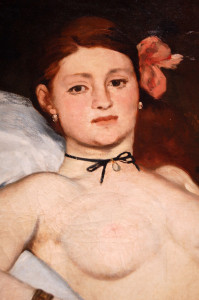 I guess you might wonder why I’ve put a picture of Édouard Manet’s Olympia next to this paragraph. After all, Manet was famously part of the Parisian flâneur culture that basically objectified women for a laugh. Flâneurs were intelligent men in the 19th century who would stroll the streets of Paris and take trips to the parks or the theatre in order to watch people. Mostly women. Some of them, like Manet and Baudelaire would draw the women that they saw on these outings too. I mean, the modern day equivalent is a male photographer following a young woman around with his camera and long lens taking pictures of her. Oh wait…
I guess you might wonder why I’ve put a picture of Édouard Manet’s Olympia next to this paragraph. After all, Manet was famously part of the Parisian flâneur culture that basically objectified women for a laugh. Flâneurs were intelligent men in the 19th century who would stroll the streets of Paris and take trips to the parks or the theatre in order to watch people. Mostly women. Some of them, like Manet and Baudelaire would draw the women that they saw on these outings too. I mean, the modern day equivalent is a male photographer following a young woman around with his camera and long lens taking pictures of her. Oh wait…
But anyway, I included the very naked Olympia here for a reason. You see, although Manet was pretty much a pervy creep (although, he is marginally forgiven because he was ‘of his time’) he did paint his naked chicks with interesting context. You see, Olympia broke the mould (as did his painting of Suson in A Bar at the Folies-Bergère) because he understood that him and his mates were being creepy pervs and was actually commenting on it within his works.
Olympia isn’t just a naked chick lying on a bed in her finery being served by her black slave. No. She’s a prostitute. You see the way she’s staring at you? That was unprecedented for the time. She’s looking at you and accusing you, and I guarantee when you went with your wife to view the work in the polite company of the French Salon you would have been rather flustered and embarrassed. You see, she’s not only displaying herself as a prostitute, she’s reminding you that you use her services.
All that wonderful French Realist and Impressionist art that photographers love so much? Quite a large proportion is exploitative and objectifying images of hookers that they enjoyed fucking. Not sure I’d take that kind of culture as my inspiration. Unless of course I was producing some kind of counter-culture, revisionist comment on the dispositif of the white-male dominated art institution. However, I think most photographers are not.
A two-tier art system
Mostly art is defined by the art institution. Yeah, I’m afraid that’s people like the galleries, the dealers, the critics and the art historians. You’re probably not part of the art institution and so in the academic sense, you don’t really get a say on what counts as art. You almost certainly don’t get to judge your own work as being art. ‘So it’s all about the money!’ you cry. Well, yes and no. Money and art are intrinsically linked. As an artist gets more well known their work becomes worth more, and then when it reaches a certain point as an artist is worth more their work is more well known. (However, can you name the guy that exhibited at the Erotica trade-show several years ago who sold a single painting for £125k? No, nor can I. Worth doesn’t mean fame.)
However I suppose what I’m getting at is that, in my belief, there’s a two-tier art system at play. The top tier is obviously what we call art. It’s the works in the major galleries and art museums and the stuff that investors look to collect. It’s the pieces that we write about in essays for our undergraduate degrees and the stuff that regularly hits the news headlines. That’s fine, we’re pretty clear about what art is.
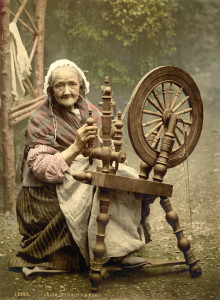 What about the second tier? I’d like to propose the use of the words craft, craftsmanship and artisan. But they’re shameful words aren’t they? We’ve been taught that craft is a thing that primarily women do in their spare time or to make practical items for the home. It has a bad reputation and the recent hipster interest in ‘making stuff’ hasn’t helped with that perception.
What about the second tier? I’d like to propose the use of the words craft, craftsmanship and artisan. But they’re shameful words aren’t they? We’ve been taught that craft is a thing that primarily women do in their spare time or to make practical items for the home. It has a bad reputation and the recent hipster interest in ‘making stuff’ hasn’t helped with that perception.
However craftsmanship is a wonderful thing. It relies on dedication, knowledge, skill and countless hours of practice. At the end of the day, most photographers are primarily interested in the technical side of photography, with creativity as an afterthought, it’s just the way that the medium has grown.
In fact, photographers regularly look down on artists who don’t appear to have a good technical grasp of photography. Just look at the response that artists like Andreas Gursky get. Despite his image ‘Rhein’ being the most valuable photograph ever sold, and it appealing to Bell’s ideas of significant form and therefore being wholly placed in the category of art by both academic writers and the wider art institution, we as photographers love to knock it down and say it’s not ‘proper’ photography. Whatever proper photography is.
But I saw this happen with the rise of ‘Front’ style images too (Yeah, I’ve been around the internet photography community for far too much of my relatively short life – about a third of it in fact). Initially lots of photographers really complained about Front style images (which I don’t really want to include here because I think they’re pretty abhorrent) but then after a few years they realised that they were a very quick way to gain popularity with the models. And so we’re now in some kind of weird Frontism era, with some photographers straying into Post-Frontism.
I’d love to see photographers being more honest about their work in the future, identifying as craftsmen instead of artists. Because if you’re focussing on the technical skills that’s really what you are. Lets reclaim the word away from the shameful label it has become and take it forward as a label for ourselves instead of the word art.
At the heart of it: Objectification
This is a really difficult thing to discuss and that’s possibly why I’ve left it until last. In a few paragraphs it has to be pretty simple too, so please excuse me if things are glossed over – I’ll address things further in future blog posts.
I wrote yesterday about how being a feminist is scary. You put your head above the parapet and write something about how you think that people treat women unfairly and you get rape threats. Yeah. It’s true. I’m telling you this because I want you to understand that lots of women are afraid to speak out about issues like this, especially in a hobby/industry that is still so dominated by men. Mostly I’m telling you this so that you think twice before making comments about how I mustn’t be getting any sex, which is so often said in response to women talking about the way that photographers tend to objectify women (those comments even come from female models themselves sometimes – thanks ladies) or before superimposing a labia on my face, as happened to Mary Beard.
Anyway.
We don’t live in a vacuum. Just as we have to think of the context in which we produce ‘art’ we also have to consider the context in which we live. When you get down to it, the images that we make of models are loaded with cultural context and we simply cannot escape the fact that we live in a society that is still dominated by a patriarchal way of living. For the last several hundred years women have existed primarily as a thing to provide for men. From having babies and keeping the house clean to not being allowed their own sexual pleasure we’ve not really had the easiest time of it.
Where this comes into photography is that this patriarchal view of women informs the way that we look at them. John Berger, as early as the 1970s, wrote about how men watched and women watched themselves being watched. Laura Mulvey picked up the baton later and discussed the male gaze within cinema and you can largely extrapolate her views out to photography and then other kinds of artwork too. She argues that women are generally objectified because heterosexual men are in charge of the camera.
You might decide from this that the way to go would therefore be by trying to produce work that looks from another point of view, however this is very difficult. I am specialising in gender studies within photography as my academic discipline and despite understanding the arguments and looking at endless images, I find it extremely hard not to produce images that have a male gaze. You see, I’m cultured into it. I’ve been brought up being fed images in advertising that tell me how I should view the world. It’s only now that we’re starting to see things change, but that does hopefully mean that future generations should grow up being fed a more balanced diet of imagery.
But how does this affect your naked chicks being art? Well, it’s really quite simple. The objectification of women is rapidly becoming completely unacceptable. Viewing a woman as an object for sexual pleasure is an attitude that is slowly but surely being left in the past. Posing a woman for gratification of the male gaze is about as desirable as casual misogyny. In fact it is casual misogyny.
I know that lots of people will be reading this who are from a slightly older generation. I’m very tolerant, it’s taken me a long time to explain to my wonderful father why things like Page 3 are unacceptable but he gets it and understands it. The thing is, you have to remember that casual misogyny belongs to the 1970s. The 1970s was a time when things like driving home from the pub after a few drinks with no seatbelt on and Jimmy Saville were also acceptable.
There’s no place within the the world of art or photography any longer for casual misogyny, which includes the objectification of women. If you’re objectifying a woman there had better be a damn good reason for it and you’d better be making an extremely salient observation on the world around you. It’s as much as a faux-pas as casual racism – which unfortunately still has a place within amateur model photography too.
So when can I photograph a naked chick?
You can photograph a naked chick anytime you like.
I’d like to encourage a liberated wave of photographers. There’s absolutely nothing wrong with photographing a nude woman, except when it’s nasty, objectifying titillation that you’re pretending is art.
I dream of a world where people shoot fantastic images of nude people that don’t outright objectify them and draw from an oppressive culture. This is a long way off though and it needs some bold photographic pioneers. And we won’t always get it right, but sometimes we won’t get it wrong either.
Here’s hoping.


